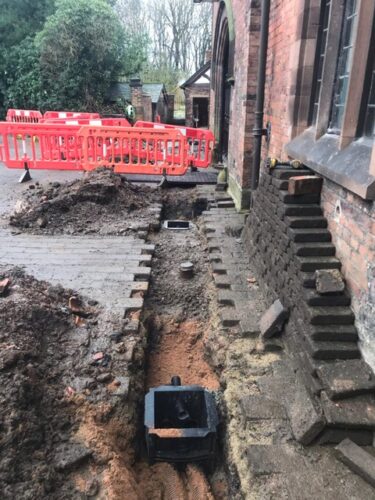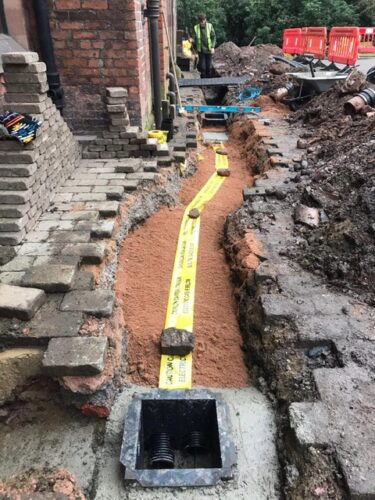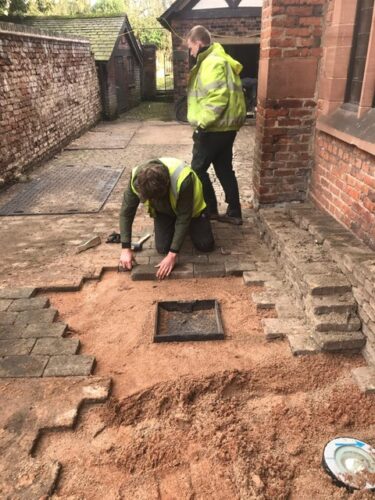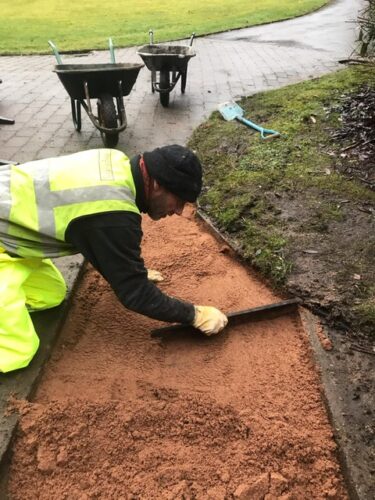New Lighting Scheme Installation On Listed Building
Wardley Hall is a Grade I Listed building dating from the 16th Century. The hall is situated in the historic township of Worsley and the ancient Parish of Eccles, in the Hundred of Salford. It is described as an important survivor of the open hall courtyard type house which, despite rebuilding, still remains much of its original form. The hall is part moated and is scheduled under the Ancient Monuments and Archaeological Areas Act as a monument of national importance and great historic interest. Wardley Hall has been home to the incumbent RC Bishop of Salford since 1930 when it was gifted to the diocese. Since the arrival of Bishop John at Wardley Hall, the house has undertaken a number of renovations and is now a place which welcomes thousands of parishioners from across the diocese each year. The hall is also used for retreats, school visits and meetings for clergy, groups and parishioners. It also hosts The Laudato Si Centre, a project for effective action on climate change.
Installation Of Electricity Ducting
We were awarded the contract through the clients representatives, Crosby Granger Architects. The contracted works included the new installation of an external lighting scheme, as well as entrance wrought iron gate restorations into a new automated gate system and associated drainage replacements.
Due to the hall being in constant occupation by the Bishop and other visitors, privacy had to be maintained throughout the project, with minimal disturbance to the residents and parking.



Duct Installations
Restoration works began by lifting the block paving across the front elevation of the hall to facilitate the trenching and duct installations required for the installation of new lighting columns and electrical supply to the gates. The area was then reinstated before works moved on towards the lodge to the driveway. Any open excavations were covered by road plates to maintain a safe public area. Our trained operatives used a 1.5T digger and turf cutter where required. Temporary lighting columns were installed to enable works to be carried out safely and efficiently due to the dark time of year. Operatives then began with restorations to the entrance gate pillars. Old cement pointing was removed using hand tools required and repointed in lime mortar. Specialist sub-contractors undertook gate restorations, the wrought iron gates were carefully removed and taken to their workshop for repairs, cleaning and repainting.
New lighting columns were also installed. Location was determined by experiment using a sample uplighter to highlight the best spread of light.
The restoration works were carried out under an archaeological watching brief. Our operatives worked closely alongside the archaeologist who monitored the excavation and foundation works. All of the site team were informed prior to works commencing of the nature of the project and fully briefed and aware of the work required under the Written Scheme of Investigation.



